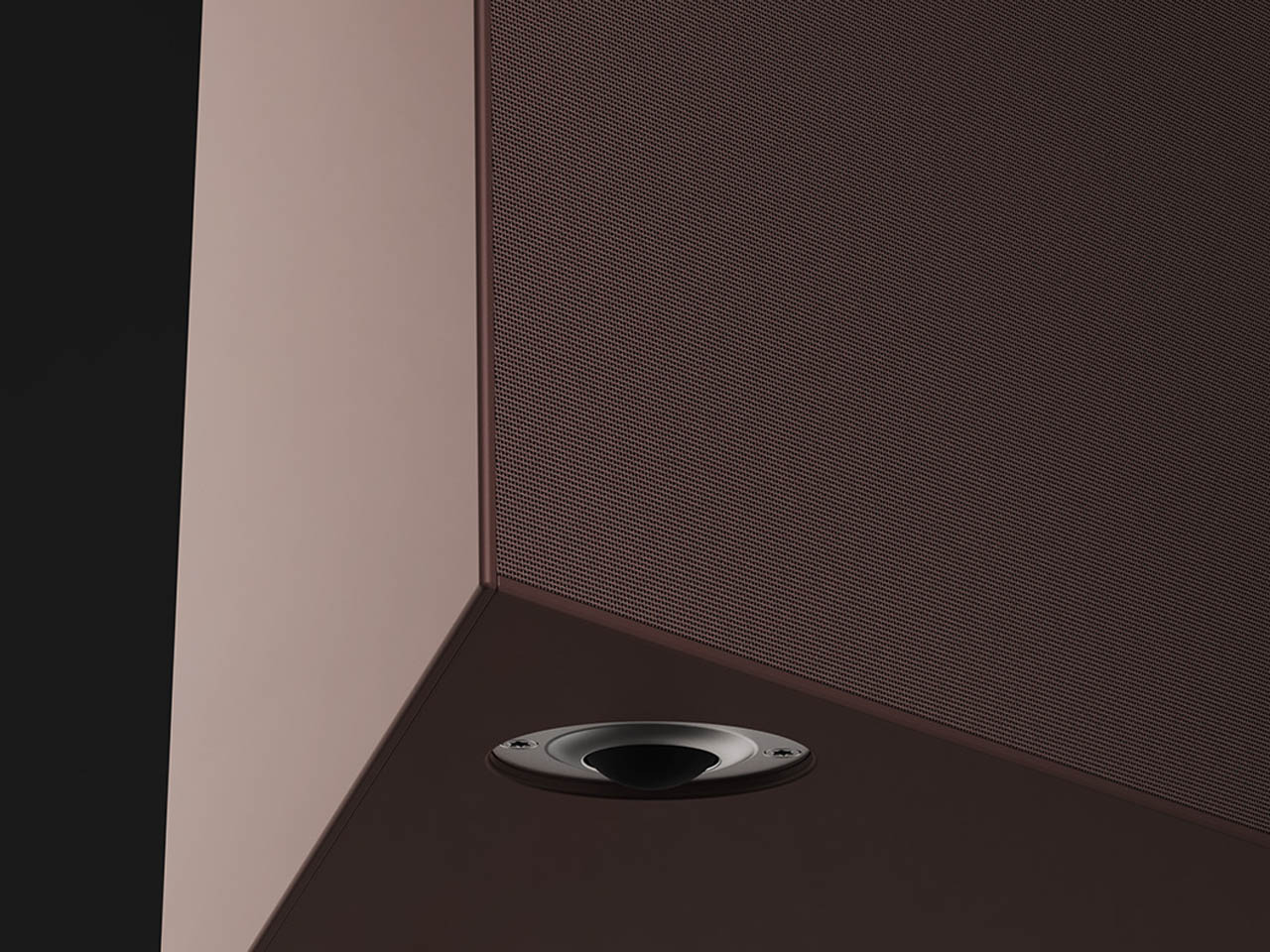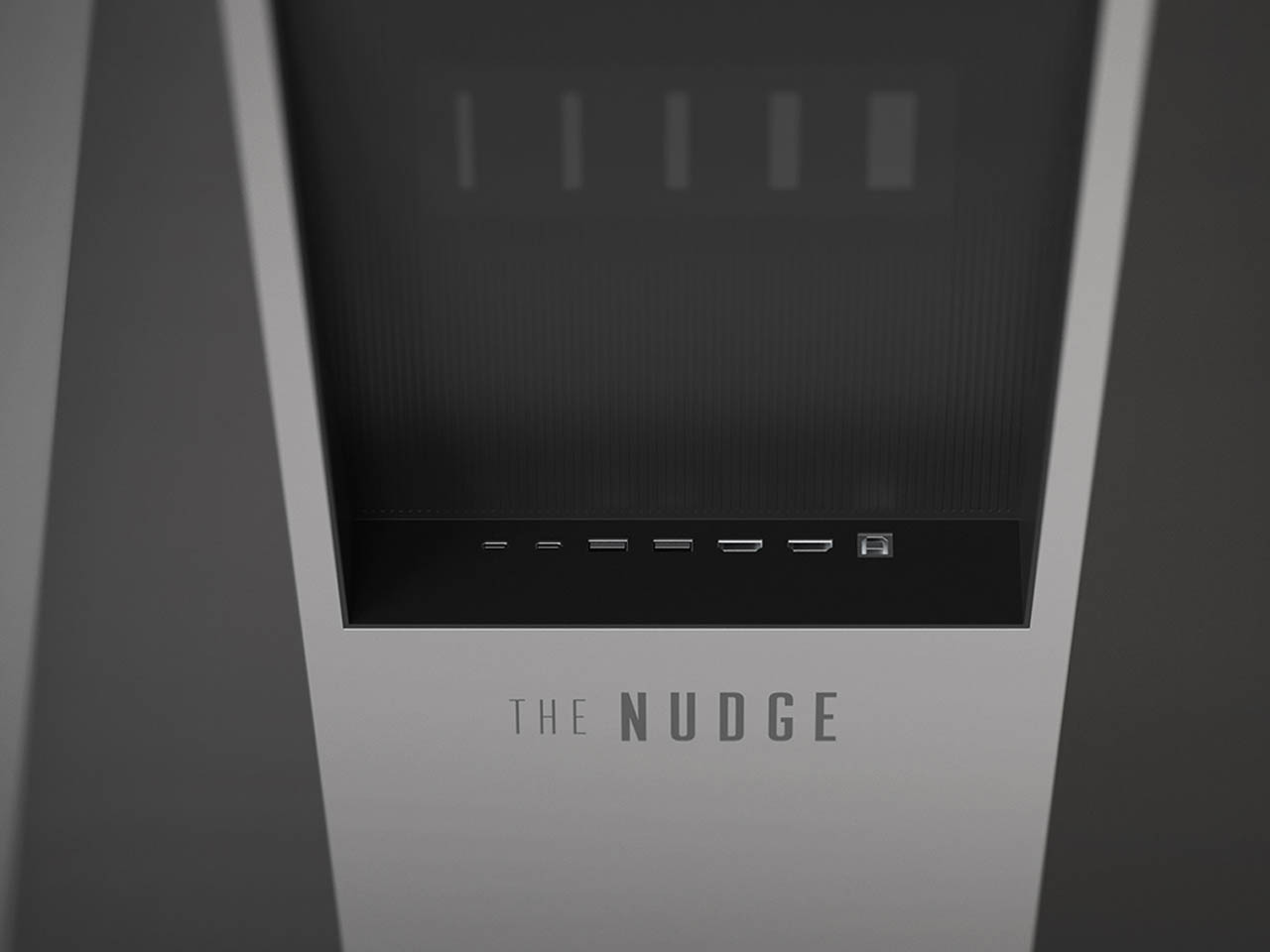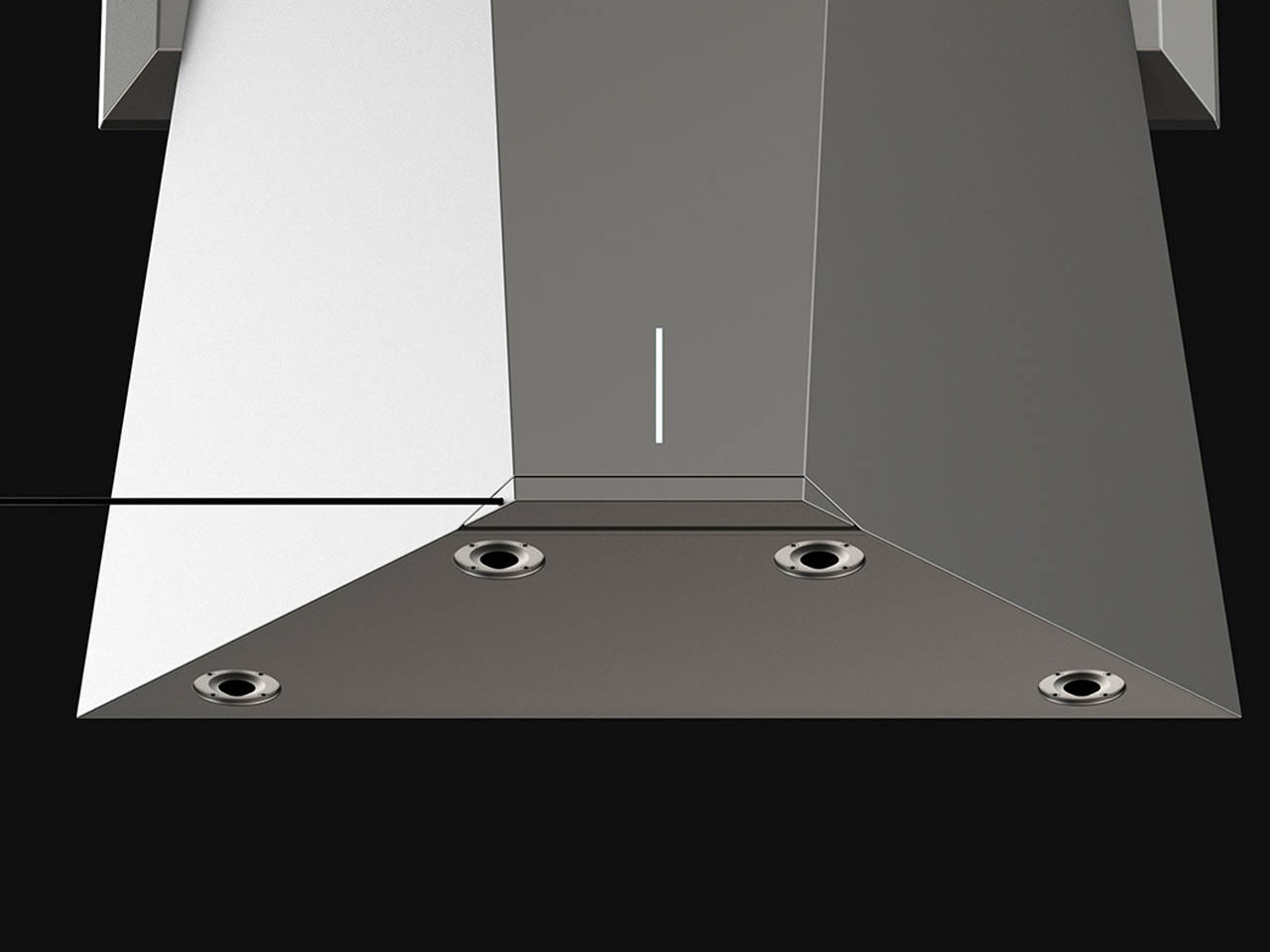While LG’s Smart Monitor Swing brings flexibility to modern displays with its bendable arm and rolling stand, the HYUNDAI IT Moving Screen concept takes the idea of a mobile display to a whole new dimension, where screens not only adjust to your space, but actively become a part of how you move through it. Designed by Minjoo Kwon, this innovative “screen on wheels” challenges the static role of traditional displays and reimagines them as dynamic tools that respond to the rhythms of everyday life.
What sets the Moving Screen apart is not just mobility, but its seamless integration of function, form, and emotion. The cylindrical design features a vertical display mounted onto a wheeled base, making it effortlessly transportable from room to room. Unlike conventional monitors or even flexible alternatives like LG’s, this device embraces its presence in a space rather than trying to hide or minimize it. Its form is intentionally bold, serving as both a screen and a sculptural object.
Designer: Super Komma
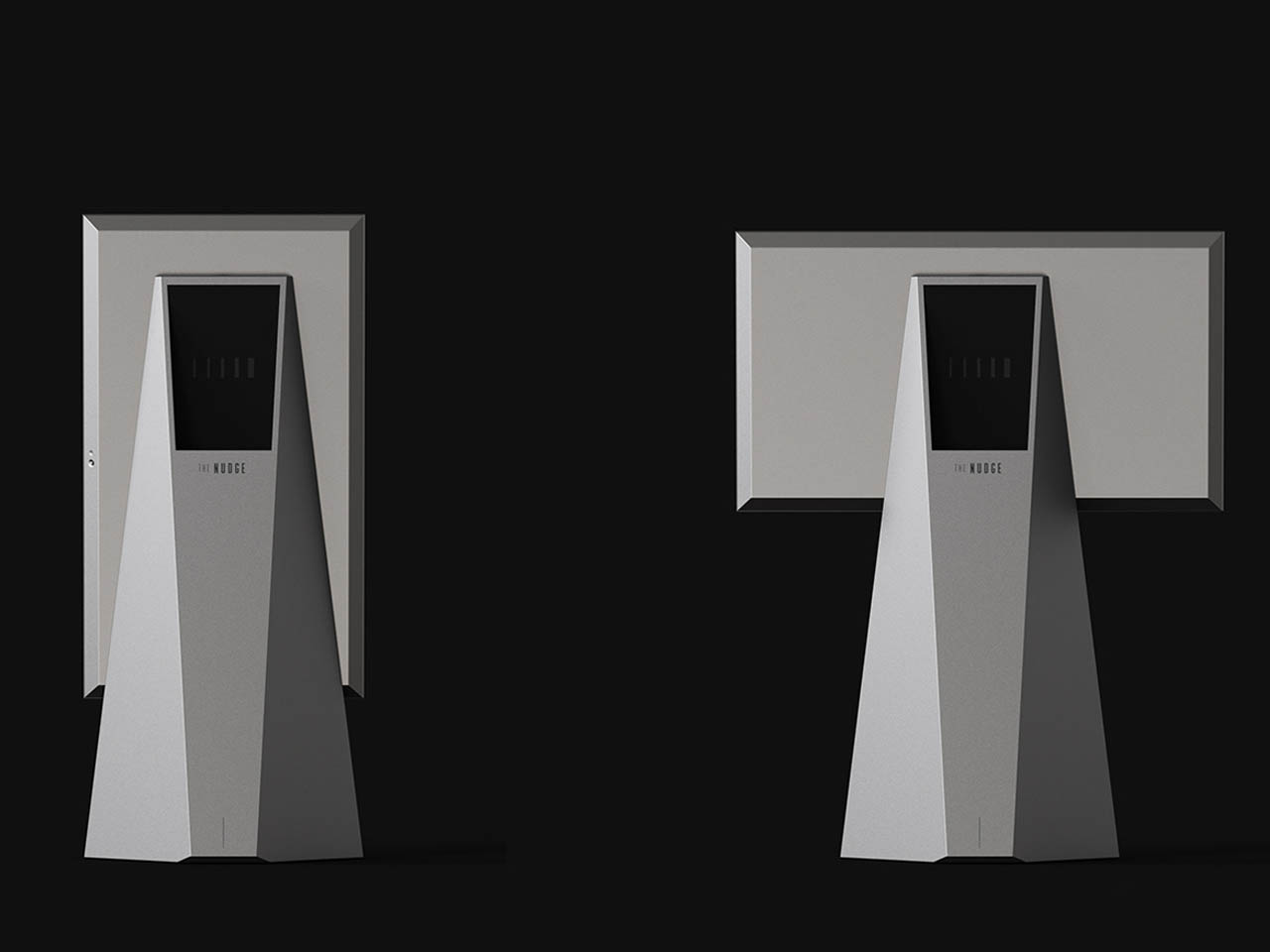

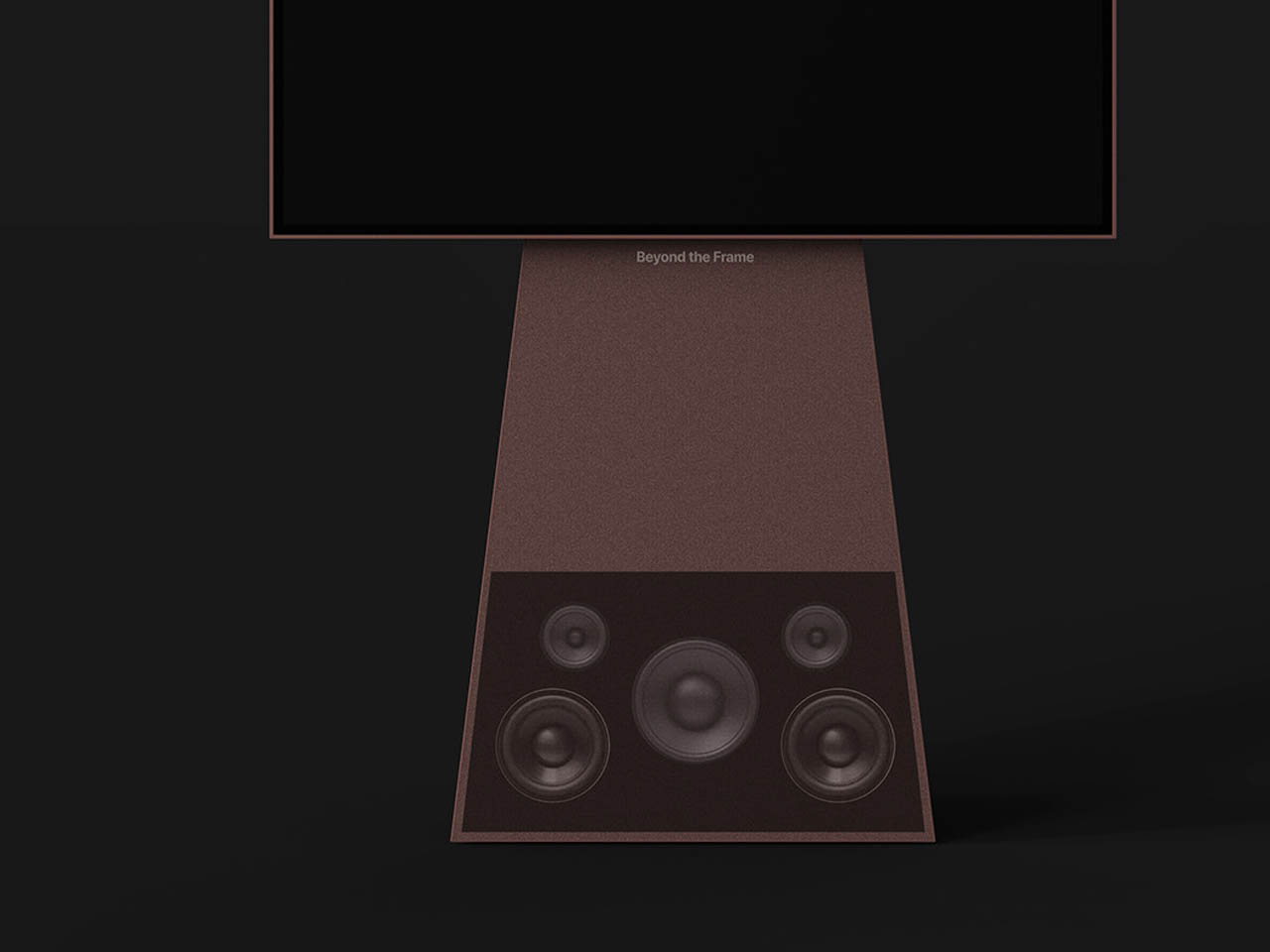

The interaction model of the Moving Screen also breaks away from conventional UI/UX paradigms. Users can physically turn the screen using a side-mounted dial, which rotates the entire cylindrical structure, bringing a tactile, almost analog charm to a digital product. A built-in lamp casts soft light through a translucent shell, shifting the mood and making the device just as useful when idle as it is when active.
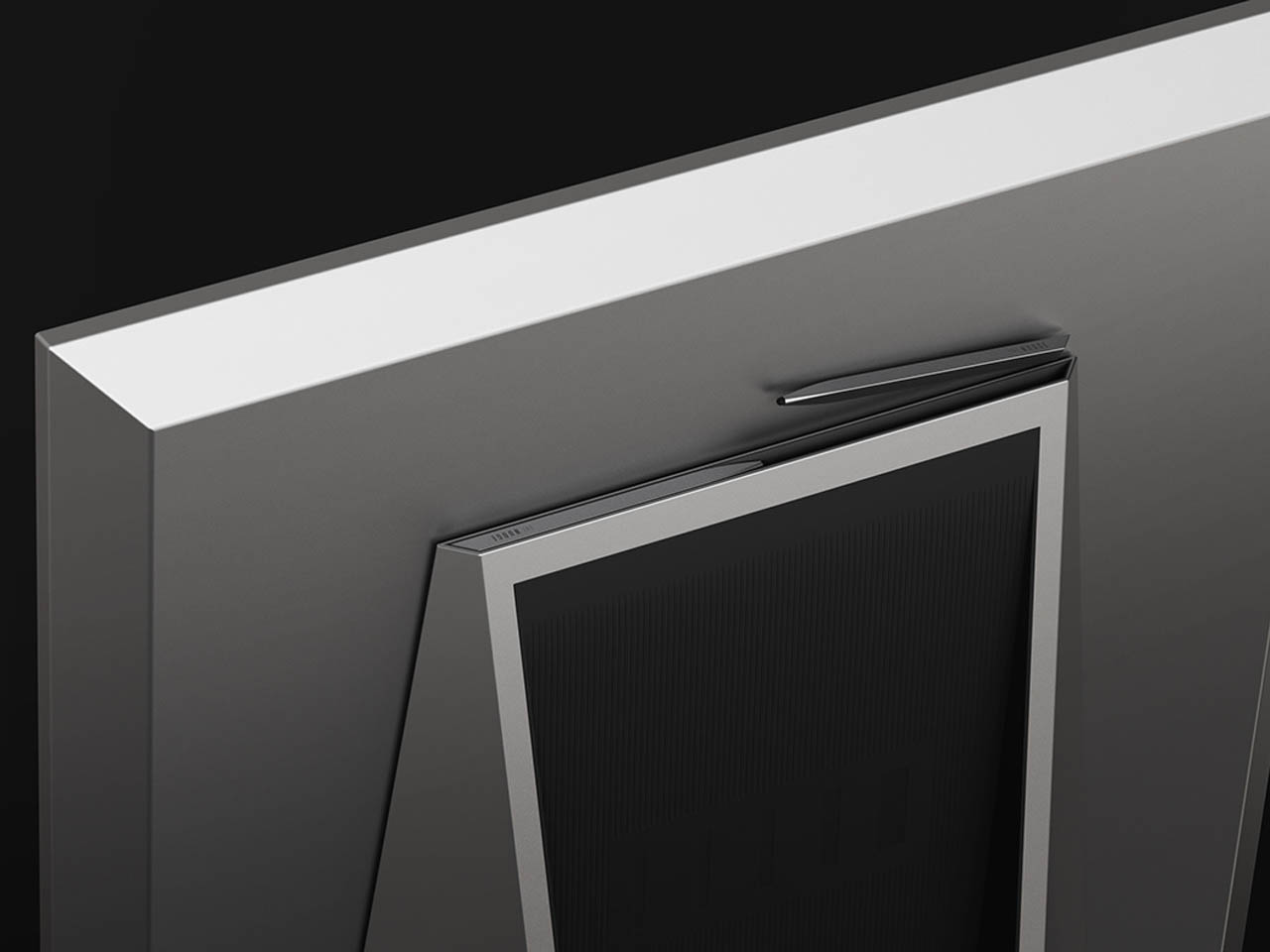

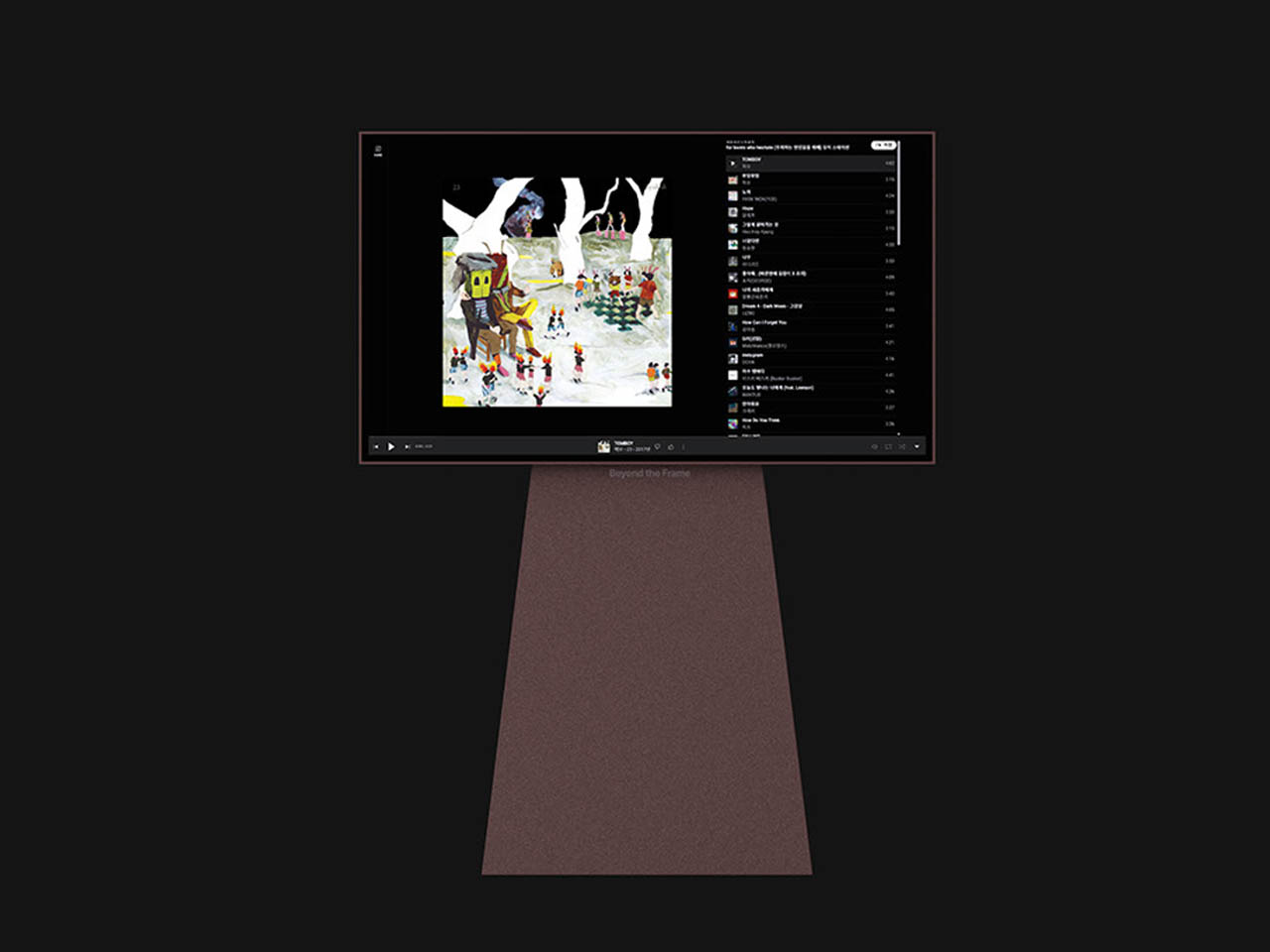

Rather than being tied to a workstation, the Moving Screen encourages fluid use across contexts. It can display digital artwork in the living room, function as a video call portal in the kitchen, or stream a workout in the bedroom. This versatile utility repositions the screen as a companion rather than a tool, echoing how we interact with our phones—always nearby, always ready, and increasingly personal. Equipped with Dolby Atmos on the front, it delivers immersive, multidimensional audio, while the refined fabric finish lends a premium, tactile quality. The overall minimalist aesthetic ensures the design feels both sophisticated and unobtrusive.
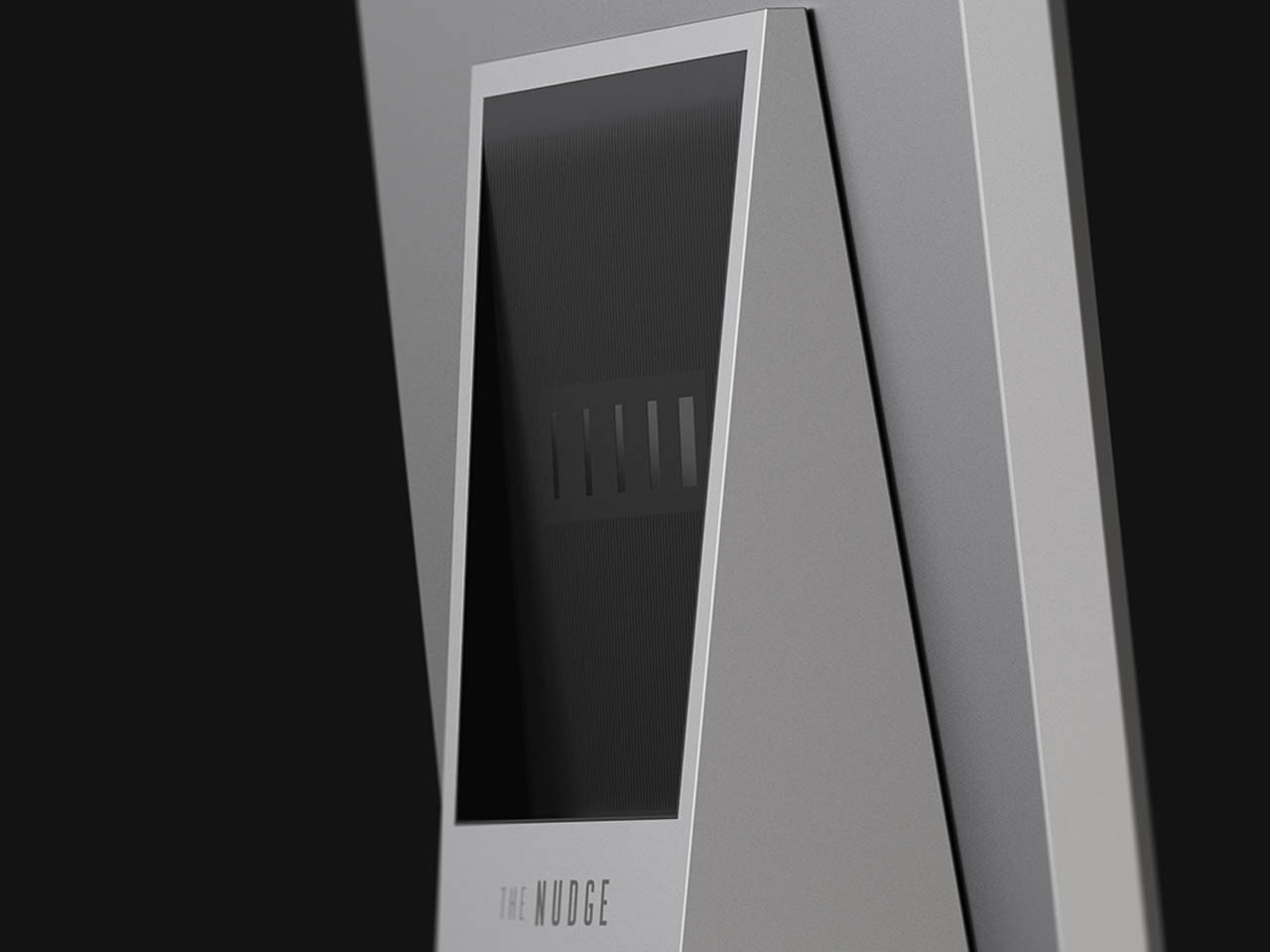

The design philosophy speaks to the growing demand for tech that blends seamlessly into interior aesthetics without sacrificing utility. With its soft, rounded edges and calming presence, the screen feels more like a piece of lifestyle furniture than a piece of consumer electronics. It invites users to rethink the boundaries between technology and space, mobility and purpose.
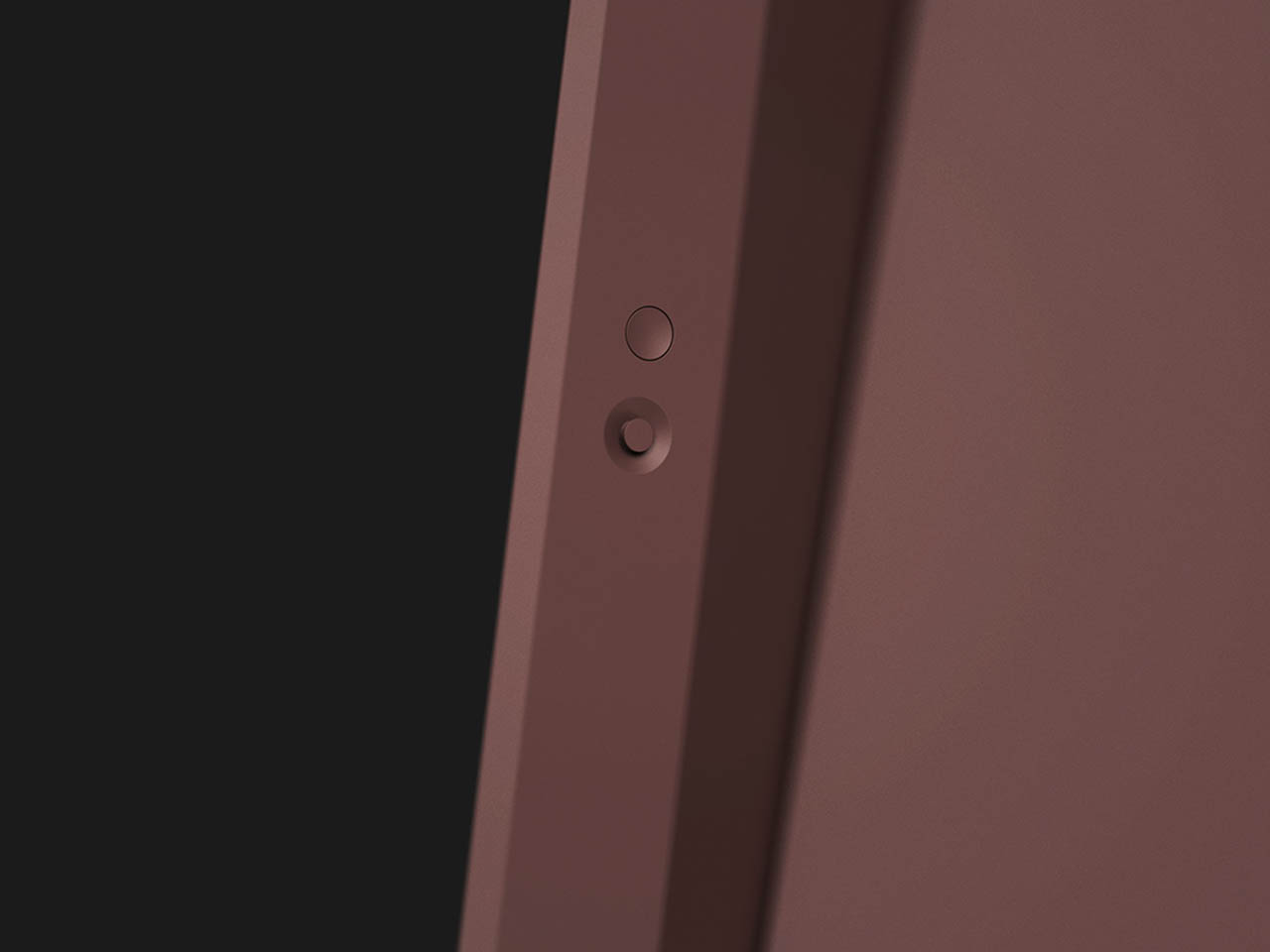

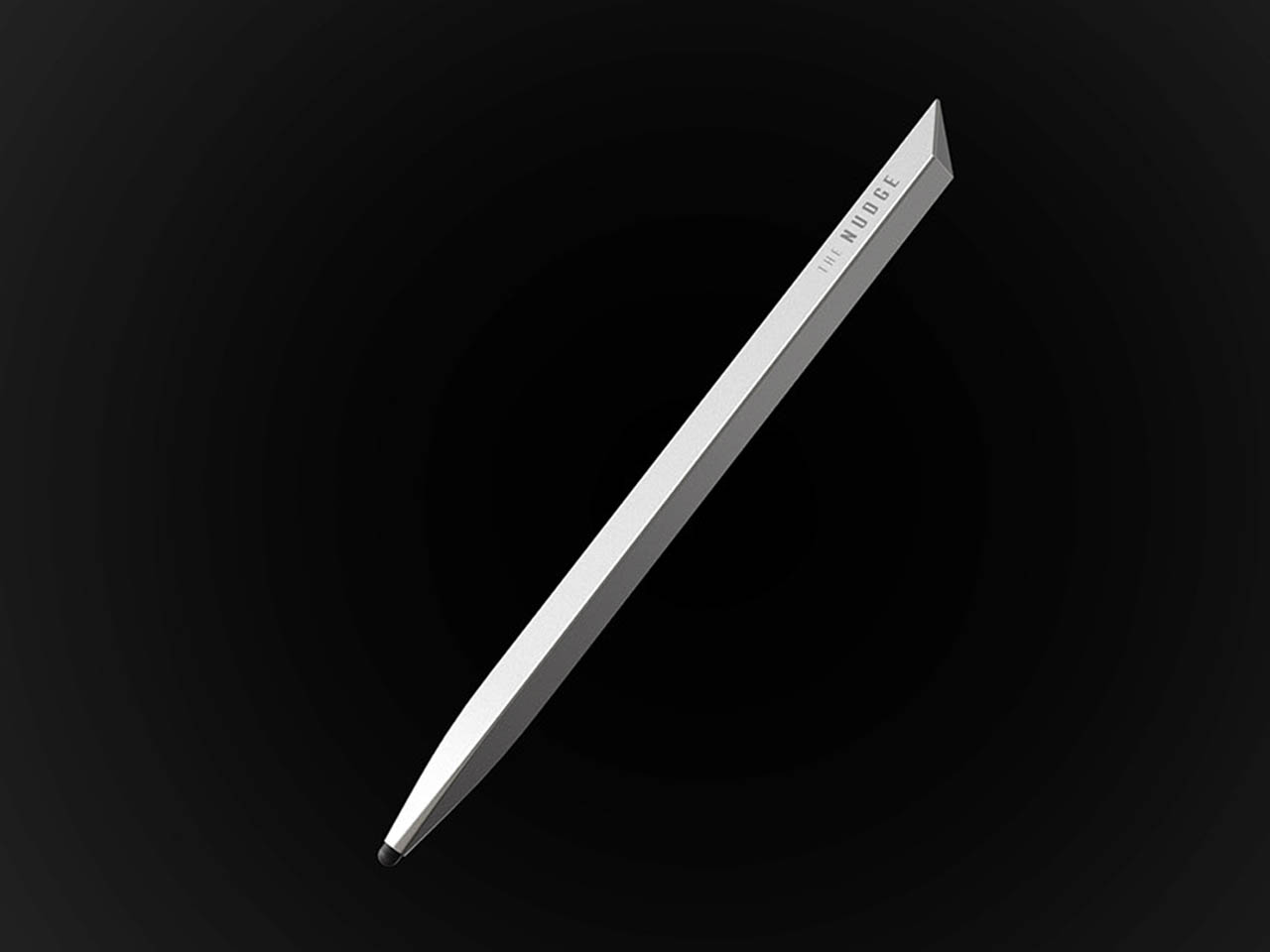

In a world where work, leisure, and learning often coexist in the same physical environment, the Moving Screen offers a compelling blueprint for the future of home tech. It isn’t just a smart display—it’s a responsive presence, a mobile hub, and an ambient light source, all woven together in a form that feels remarkably alive.
